How to clean brass items - 5 household products that will prevent tarnishing and make your hardware shine
Who knew you could use ketchup to clean brass?
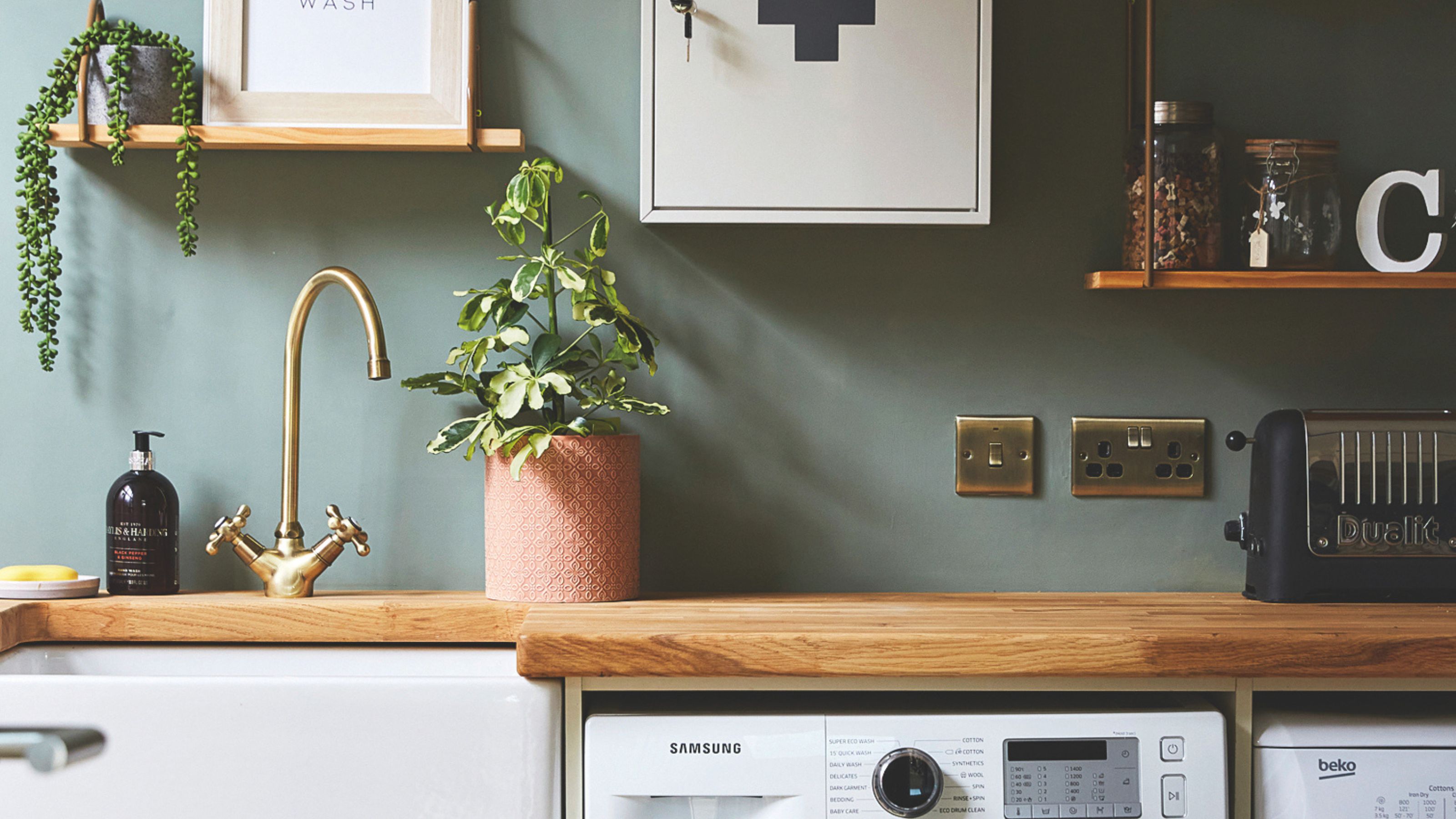

Brass typically comes in two different forms: lacquered and unlacquered. While the brass itself is no different, lacquered brass is finished with a protective coating to prevent tarnishing. Unlacquered brass doesn’t have this, allowing a natural (and arguably very beautiful) patina to develop. Whichever type you have in your home, you still need to know how to clean brass items to keep them looking their best.
From adding brass hardware to your kitchen cabinets to switching to brass taps and accessories in your bathroom and installing brass light switches and sockets, brass offers a timeless appeal while also inhibiting bacterial growth in bathrooms and kitchens alike.
But as Colm Lalor from Nuie explains, ‘Over time, brassware can look tarnished, especially in the bathroom, so it’s important to give it a polish every now and then.’ And while you can clean lacquered brass with just a damp cloth, the rules are different when it comes to unlacquered brass. So, this is how to clean brass features in your home if they are unlacquered.
1. Use warm, soapy water

Whether you’re looking to clean brass door handles or any other form of unlacquered brass in your home, you’ll be happy to know you don’t have to buy any fancy or expensive products.
As Colm says, ‘An easy way to keep brassware clean and shiny - without causing damage - is to simply use warm soapy water.’ This means that you just have to grab some washing-up liquid from next to your sink - and you can even use your washing-up bowl to get the job done. You’ll also need a couple of clean cloths.
Then, all you have to do is soak a cloth in the warm, soapy water and rub it over the brass items before leaving it for a few minutes. When you’ve done that, you can buff the concoction off with the fresh cloth.
Colm does have a warning when doing this, though. He says, ‘Be careful not to be too heavy-handed with this technique or use anything with a hard surface to rub the fixture as you run the risk of damaging the brassware’s finish.’
Get the Ideal Home Newsletter
Sign up to our newsletter for style and decor inspiration, house makeovers, project advice and more.
You should also take caution if you're using these cleaning products on any sockets or switches. If that's the case, turn off the electrics and remove the covers to clean them away from wires.
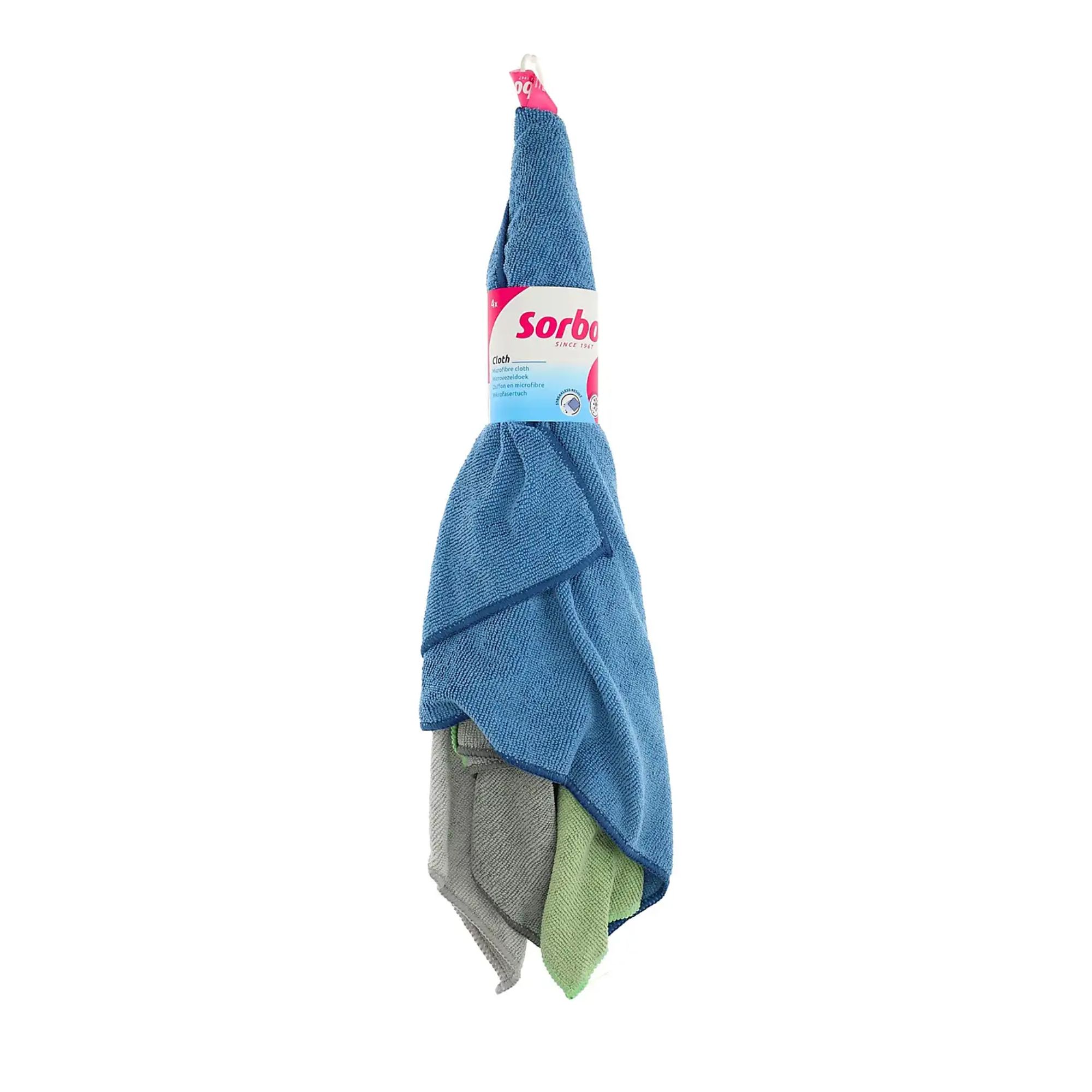
You need to be gentle when cleaning brass items, which is why a pack of soft microfibre cloths will come in very handy.
2. Use white vinegar and salt
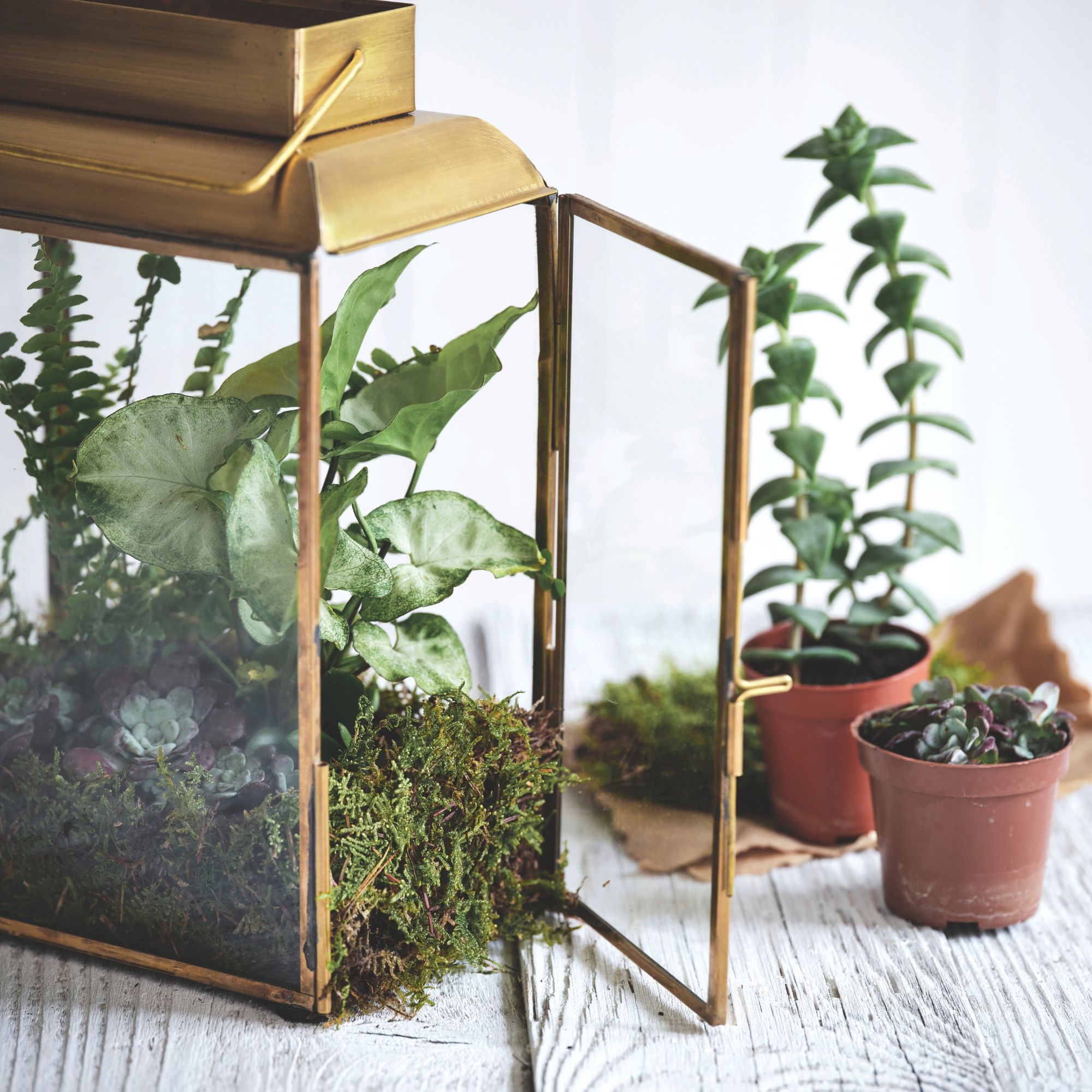
You probably already know the power of cleaning with vinegar. Although the smell may burn your nostrils, this natural cleaning agent can work its magic on most items - apart from the odd few things you shouldn’t clean with vinegar.
But vinegar is a worthwhile investment for cleaning brass items if you don’t already have it in your cleaning cupboard. This is especially true when you mix vinegar with salt. You’ll need a little patience for this method, though.
Laura Harnett, founder of eco cleaning brand, Seep, ‘Mix roughly equal parts of white vinegar and salt in a bowl to create a runny paste. Submerge the brass items for a couple of hours and then when you take them out you will be able to buff them into a lovely sheen using a soft brush or an old toothbrush.’
The white vinegar will also produce a lovely shine to make your brass items look as good as new.
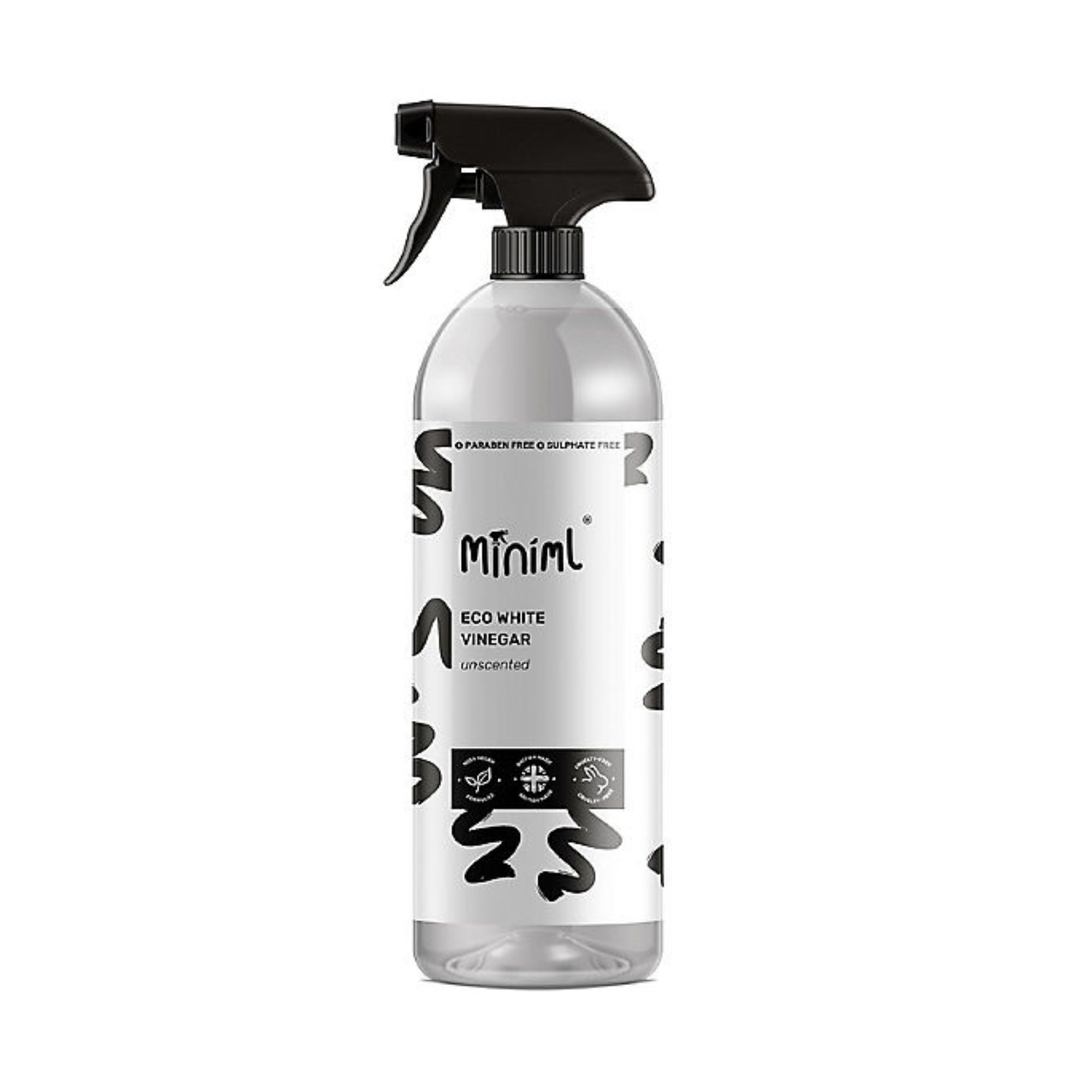
Cleaning with white vinegar is easy when you have a spray bottle, but you can also pour this stuff into a bowl to mix with the salt.
3. Use toothpaste
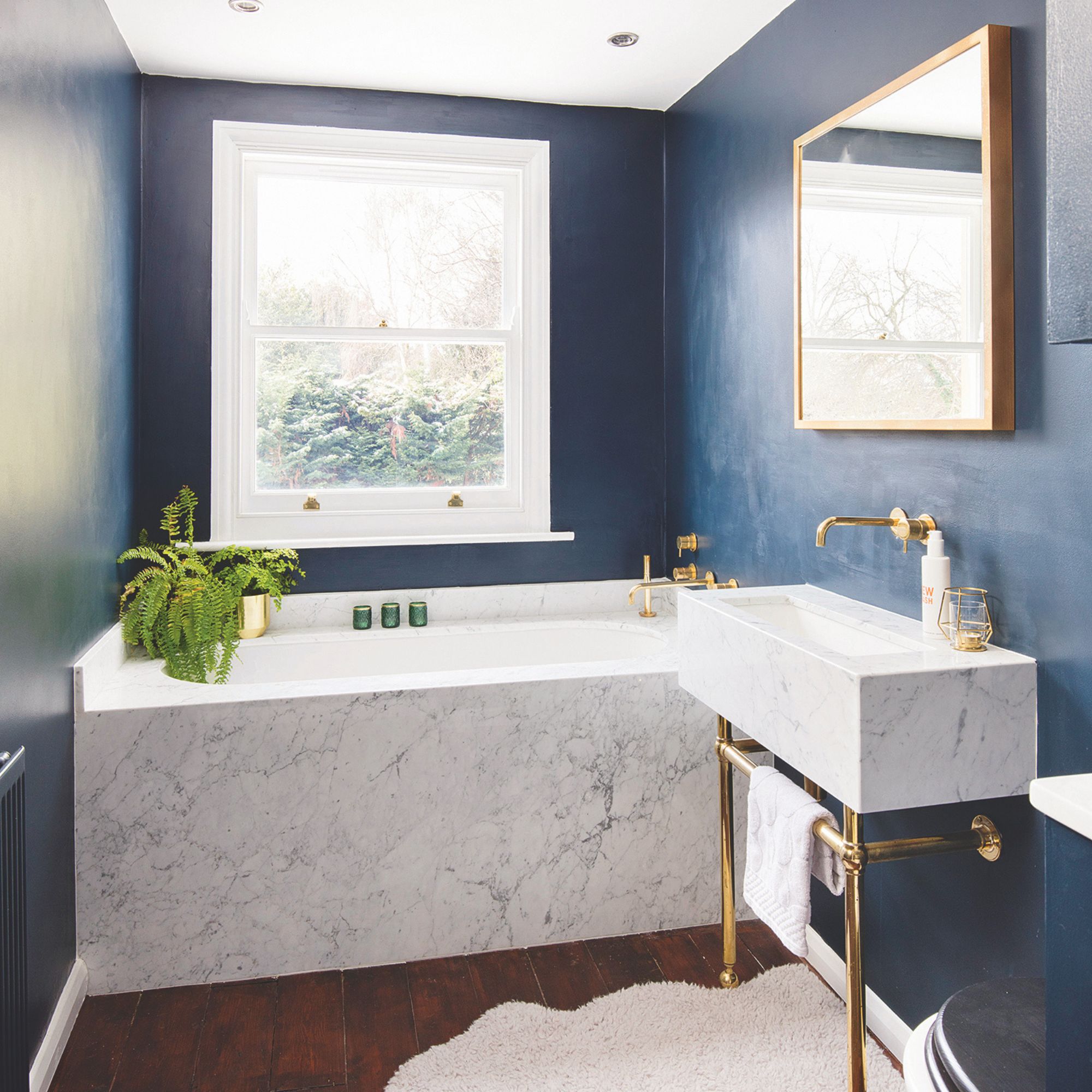
What most people don’t realise is that toothpaste can do so much more than clean your teeth. Not only can it get rid of scratches on mirrors, but it can also clean brass items in your home. This method is pretty speedy, too.
Laura says, ‘Buy a cheap supermarket-own brand rather than using your expensive whitening or sensitive version. Scrub it using a slightly abrasive sponge and rinse off any toothpaste residue and buff up with a soft, dry cloth.’
Just make sure you don’t buy a sponge that’s too scratchy, as you don’t want to damage the surface of the brass in the process. And you might want to rinse with warm, soapy water if there’s a lingering minty odour.
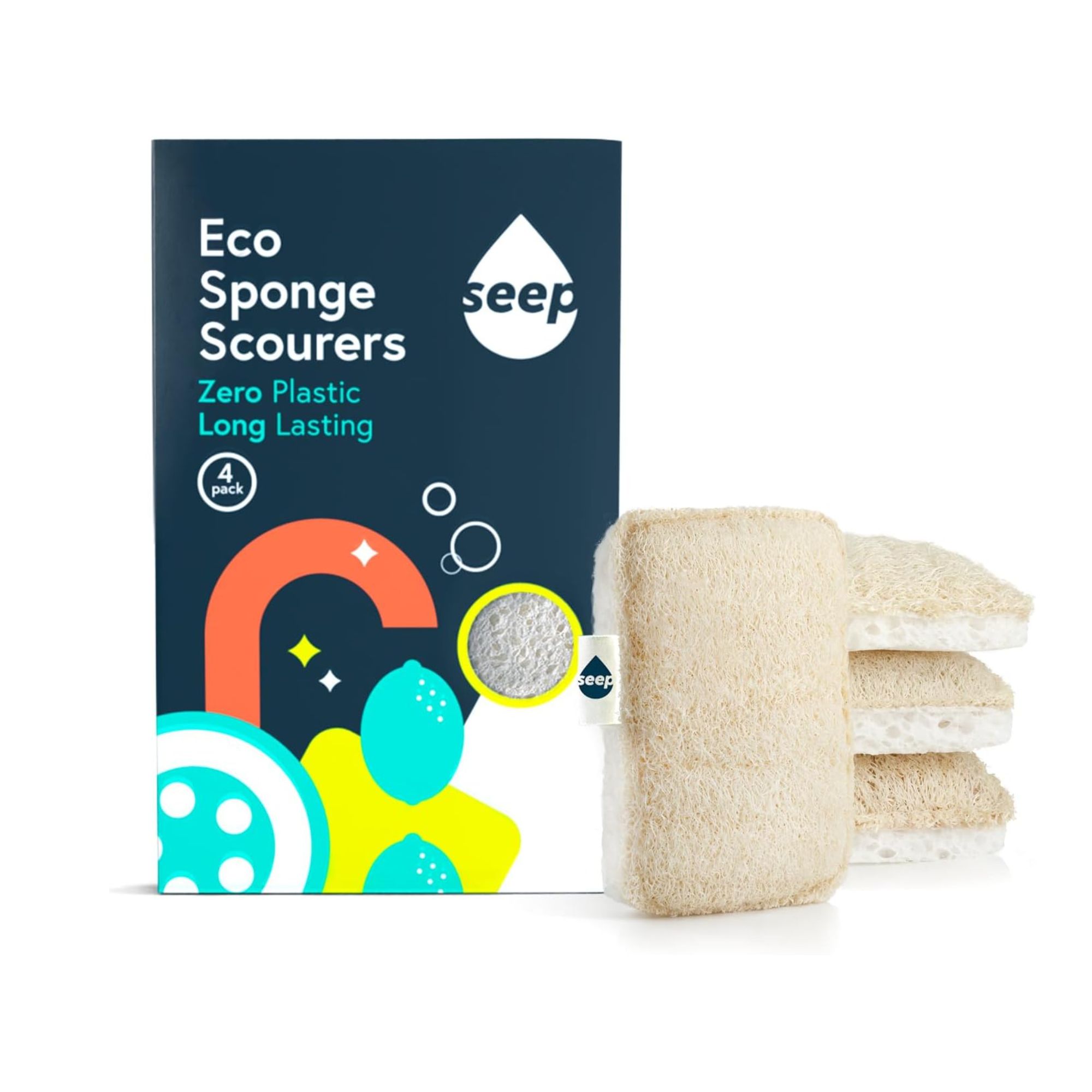
These sponges are double-sided. One is softer, and the other is a little more abrasive. So, you can see how they both fare when cleaning brass items.
4. Use a lemon and baking soda
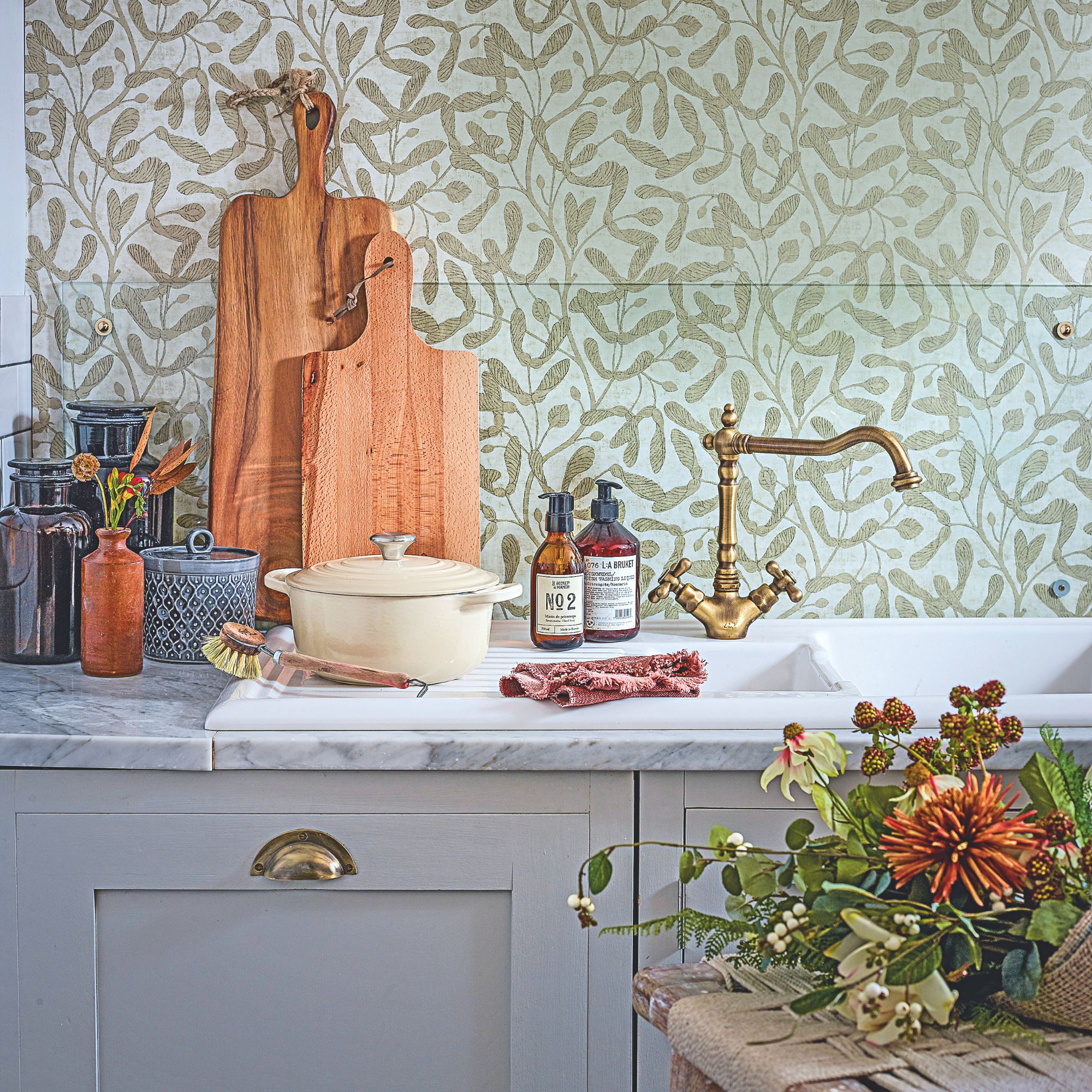
If you want to know how to clean brass items, you might want to add lemons to your trolley next time you head to the supermarket. Then, you can grab some baking soda to create the ultimate brass-cleaning concoction.
This is a technique that Roisin Smith, a professional cleaner at Wecasa, swears by. She says, ‘If you have less time, cut a lemon in half and dust some baking soda on the cut side of the lemon. You can rub the lemon straight onto the brass, rinse with warm water and dry with a soft cloth - it is super quick and effective.’
And if you have any lemons left over, you can also use them to clean your oven.
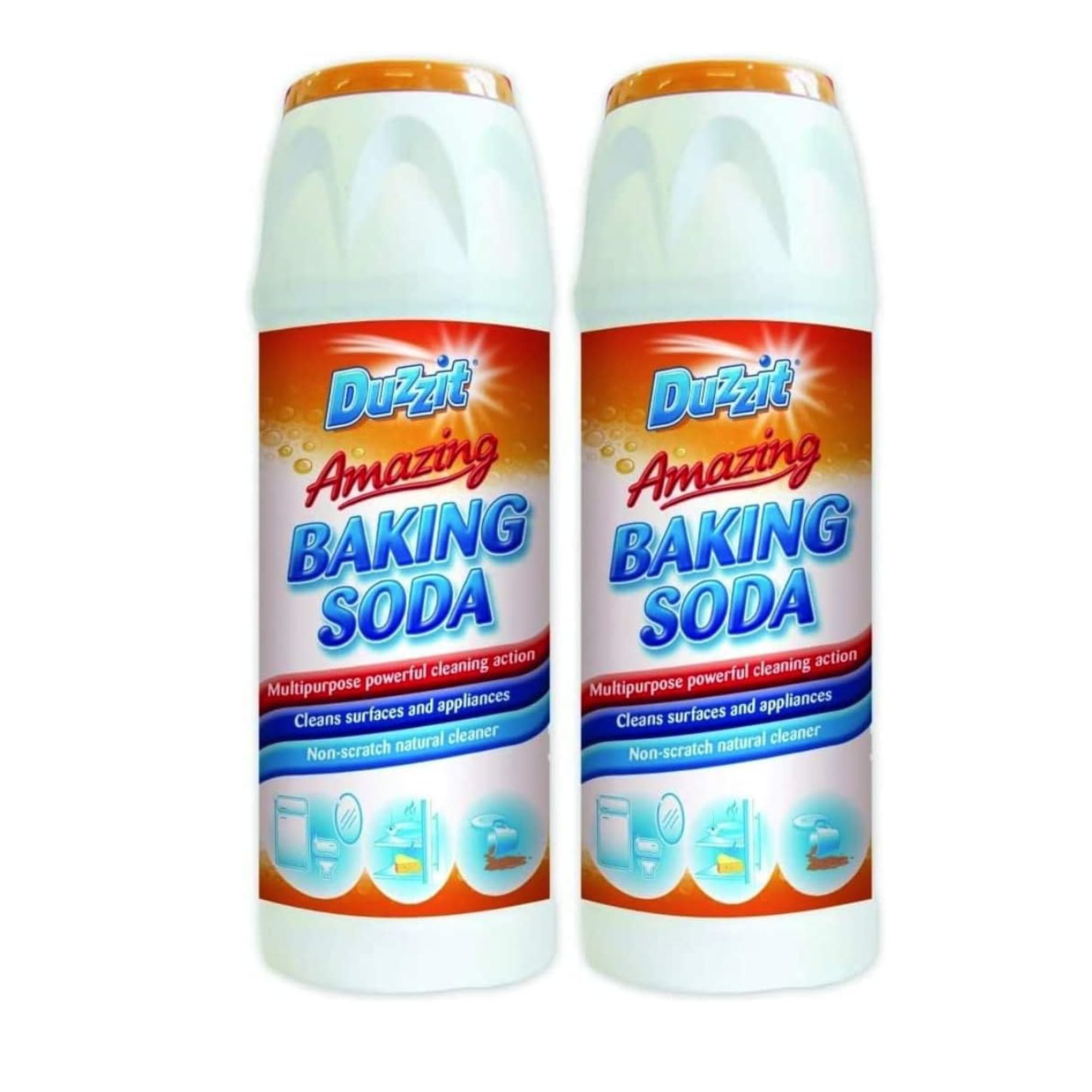
You can never have too much baking soda in the house, so it's worth stocking up if you want to clean brass items.
5. Use tomato ketchup
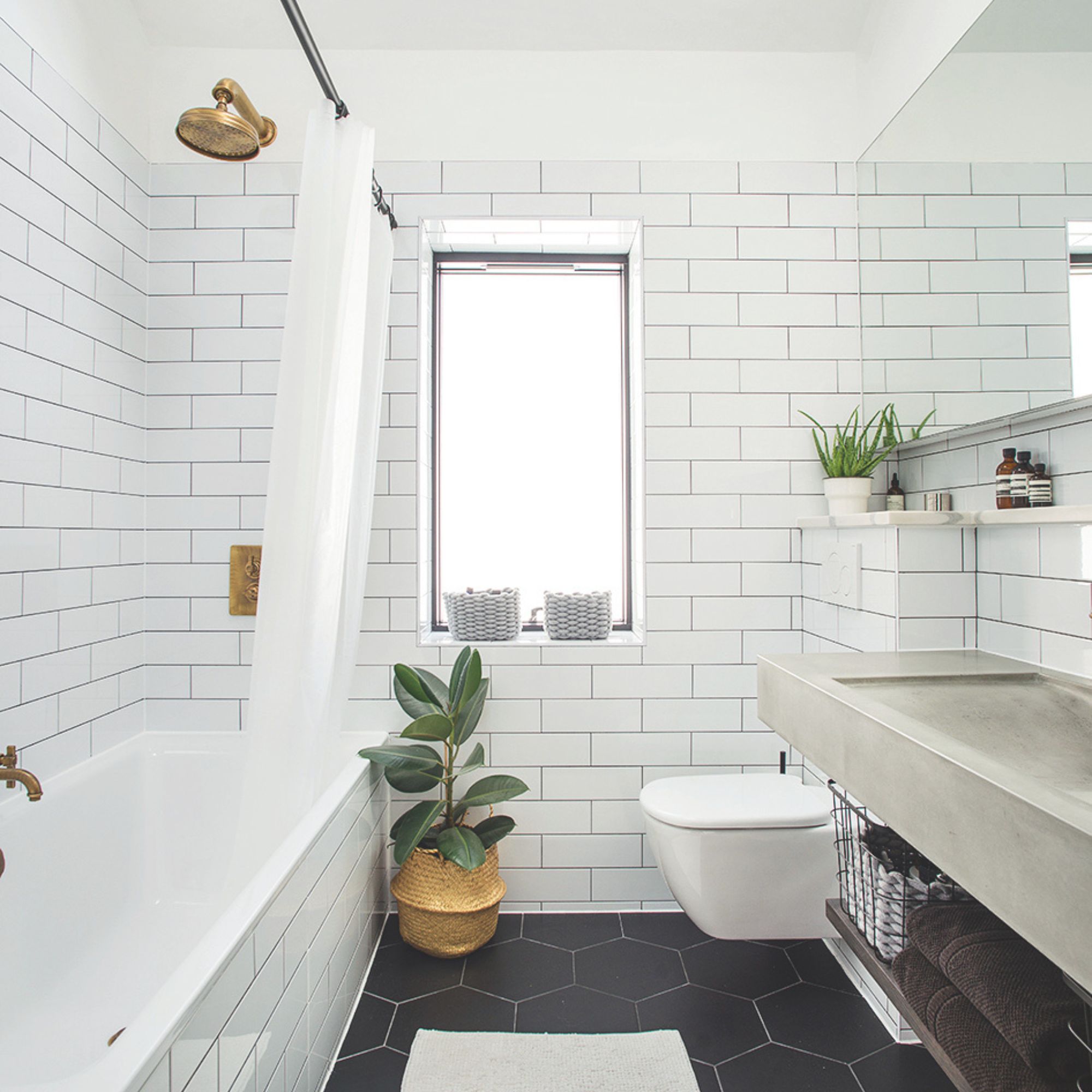
It may seem unconventional, but tomato ketchup can also come in extremely handy when cleaning brass items in the home. In fact, any type of tomato-based product can work wonders.
Roisin explains, ‘I do also like using tomato paste sometimes because tomato-based products contain acid that helps prevent tarnish to the brass. However, you’d need about 1 hour to make it effective before you wash it off with warm water and dry it with a soft cloth.’
You also want to ensure that you don’t leave it on longer than that, as you may find that the acid begins to tarnish the surface of the brass. So, you need to get your timings right.
FAQs
Will bleach damage brass?
Yes, bleach can cause serious damage to brass. That’s because bleach is a harsh chemical that can quickly corrode soft metals, and if you use it on brass, it may start to discolour. The finish will also be permanently affected, and you won’t be able to undo this damage.
As if that wasn’t enough, bleach can also react with other cleaning products that have previously been used to clean brass items. This can create harmful gases that have no place in the home. So, it’s better to use natural cleaners instead.
What stops brass from tarnishing?
Regular cleaning and dusting of brass is a great way to stop it from tarnishing, but adding a protective layer is generally considered to be the best option. However, many people try to avoid adding a lacquer to their brass as it affects the patina and the overall aesthetic of the metal.
Thankfully, lacquer isn’t the only option, as you can also coat your brass in olive oil to prevent tarnishing. This will also improve the shine of your brass, but you’ll need to repeat this oiling process every few weeks to ensure its effectiveness.

Lauren Bradbury has been the Content Editor for the House Manual section since January 2025 but worked with the team as a freelancer for a year and a half before that. She graduated with a Bachelor’s degree in English and Creative Writing from the University of Chichester in 2016. Then, she dipped her toe into the world of content writing, primarily focusing on home content. After years of agency work, she decided to take the plunge and become a full-time freelancer for online publications, including Real Homes and Ideal Home, before taking on this permanent role. Now, she spends her days searching for the best decluttering and cleaning hacks and creating handy how-to guides for homeowners and renters alike, as well as testing vacuums as part of her role as the Ideal Home Certified Expert in Training on Vacuums, having spent over 110 hours testing different vacuum models to date!
-
 Wood drenching is the calming new twist on the colour drenching trend – here’s how to make the look work in your home
Wood drenching is the calming new twist on the colour drenching trend – here’s how to make the look work in your homeIt’s easier than ever to embrace natural materials
By Maddie Balcombe
-
 Aldi is launching a £200 day bed with four different features - its sleek design is suited to the whole family
Aldi is launching a £200 day bed with four different features - its sleek design is suited to the whole familyYou don't want to miss out on this Specialbuy
By Kezia Reynolds
-
 How to set up a drip watering system that saves water and a lot of effort
How to set up a drip watering system that saves water and a lot of effortKeep your plants hydrated (and your water bill down) with this clever garden watering solution
By Natalie Osborn
-
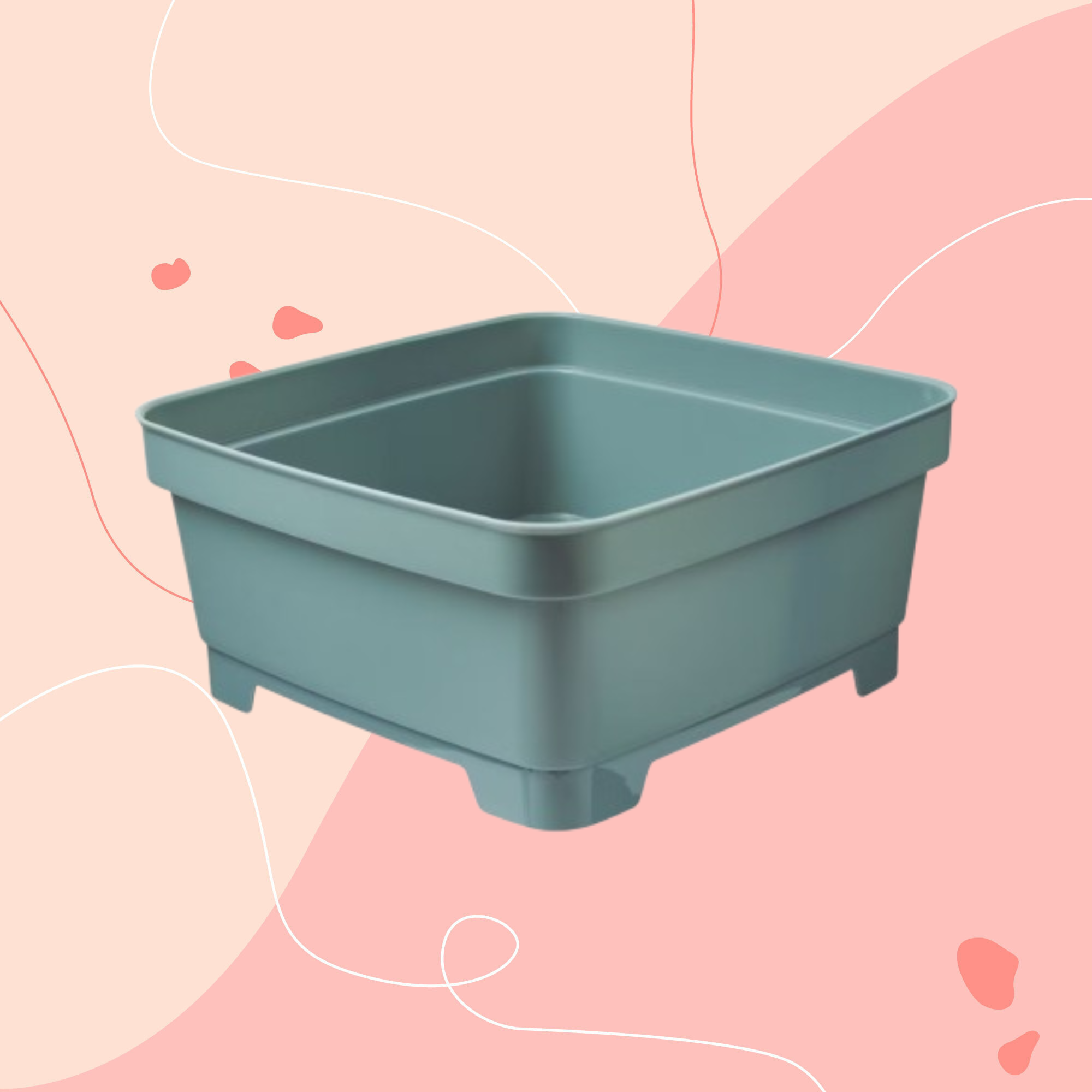 Aldi is releasing a budget alternative to the cult Joseph Joseph washing up bowl – it’s just £4.99
Aldi is releasing a budget alternative to the cult Joseph Joseph washing up bowl – it’s just £4.99The Joseph Joseph washing up bowl is an Ideal Home favourite - now we can't wait to try Aldi's alternative
By Kezia Reynolds
-
 I just bought my first home, and this £10 buy was the very first thing I bought for it to make it feel warmer and secure
I just bought my first home, and this £10 buy was the very first thing I bought for it to make it feel warmer and secureIf I did it all again, this would still be my very first buy
By Rebecca Knight
-
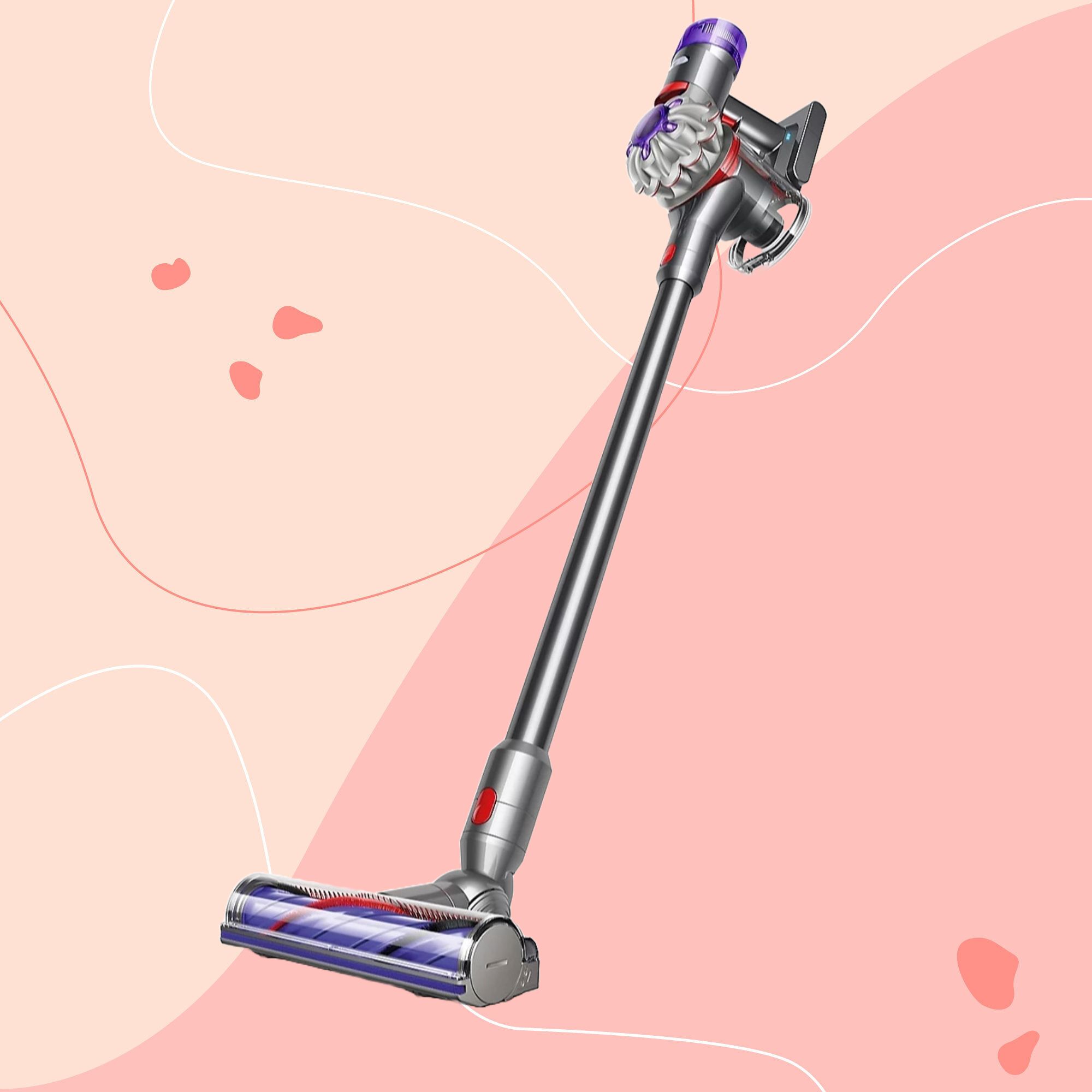 It’s normally impossible to find a Dyson vacuum for under £250 — but QVC has slashed the price of their bestselling models for a limited time
It’s normally impossible to find a Dyson vacuum for under £250 — but QVC has slashed the price of their bestselling models for a limited timeRun don’t walk to pick up the brand’s bestselling model for under £230 before it sells out
By Lauren Bradbury
-
 Catherine Zeta-Jones has revealed the cleaning product she swears by to keep her home fresh - and it’s just £8 on Amazon
Catherine Zeta-Jones has revealed the cleaning product she swears by to keep her home fresh - and it’s just £8 on Amazon'I use it on my counters. I use it on my walls. I use it on my doors. When I smell it, I know my house is clean.'
By Kezia Reynolds
-
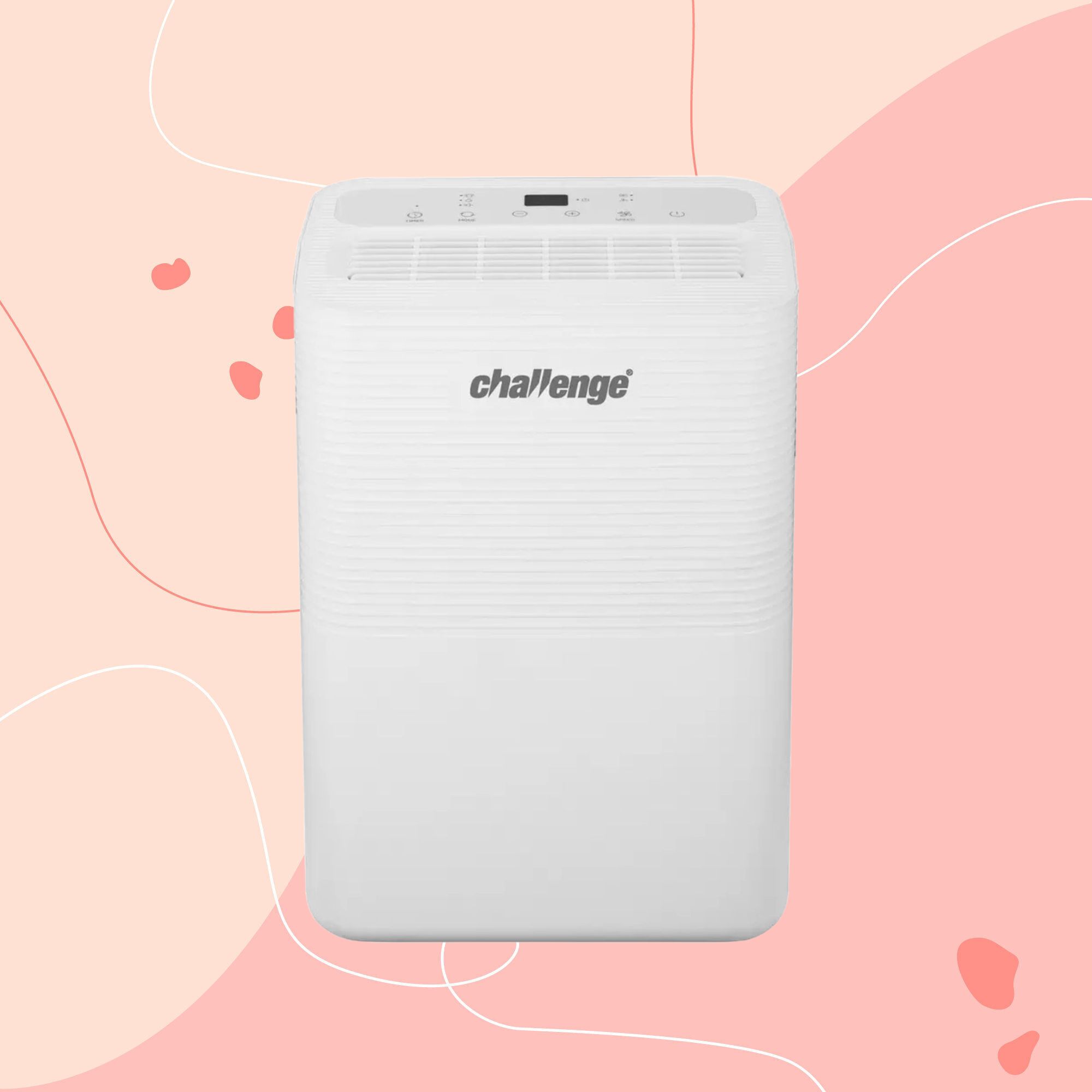 I tested the 12L Challenge dehumidifier in my damp Victorian home over winter — I haven’t spotted any signs of mould for the first time in five years
I tested the 12L Challenge dehumidifier in my damp Victorian home over winter — I haven’t spotted any signs of mould for the first time in five yearsThe Challenge 12L dehumidifier doesn’t have too many bells and whistles, but I can already see the difference it’s made to my damp home
By Lauren Bradbury
-
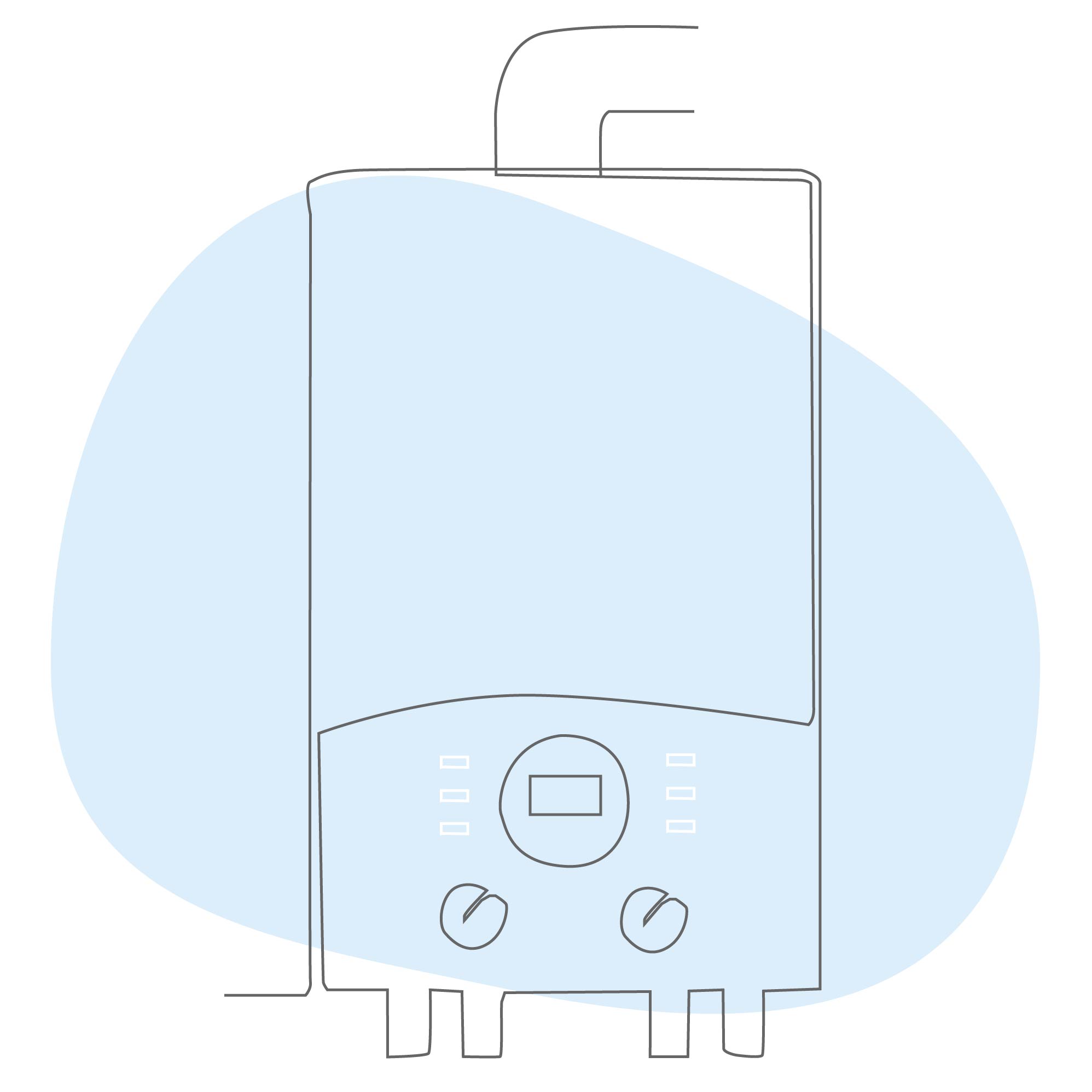 What is boiler flow temperature? Heating experts urge you to check yours now as you could be overpaying on your energy bills
What is boiler flow temperature? Heating experts urge you to check yours now as you could be overpaying on your energy billsTurning this little-known number down just a few degrees can result in some serious savings
By Lauren Bradbury
-
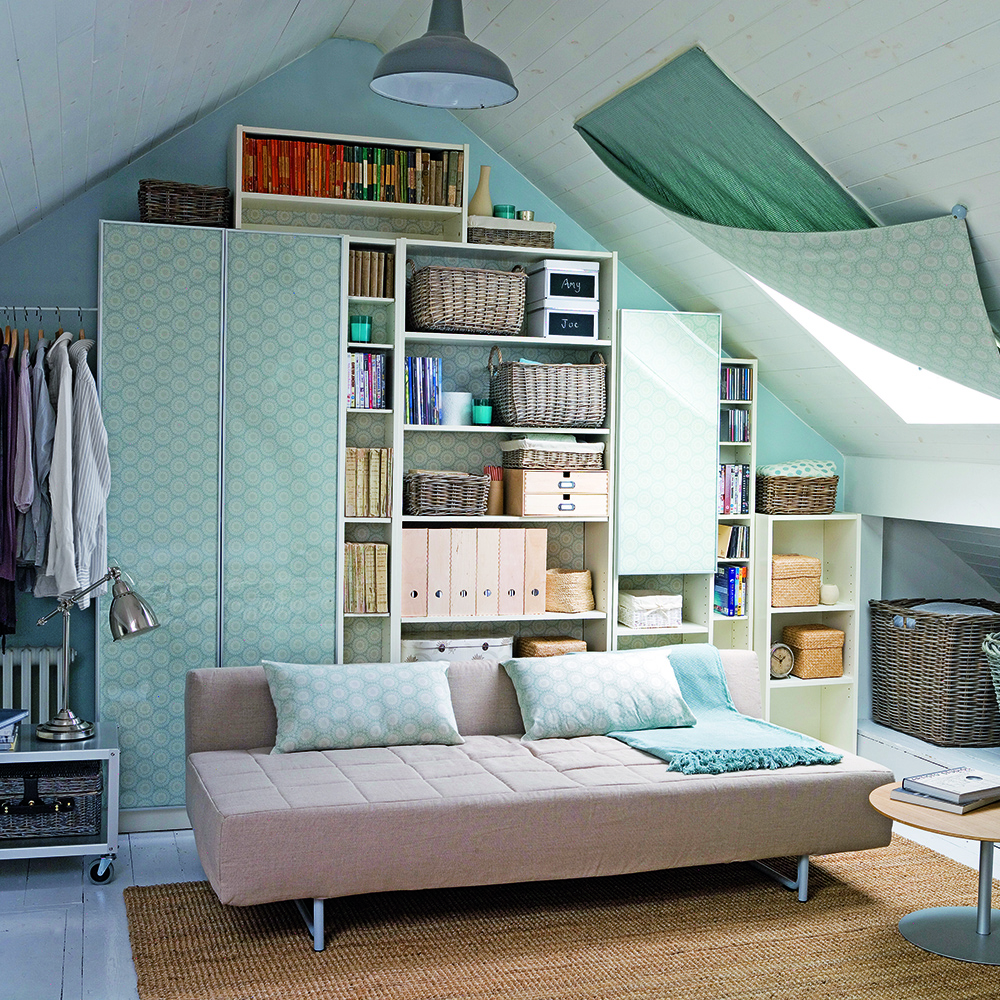 Stacey Solomon has shared 5 nifty wardrobe storage hacks to make getting ready in the morning easier — and they're genius
Stacey Solomon has shared 5 nifty wardrobe storage hacks to make getting ready in the morning easier — and they're geniusThese five wardrobe storage hacks are a gamechanger
By Katie Sims
-
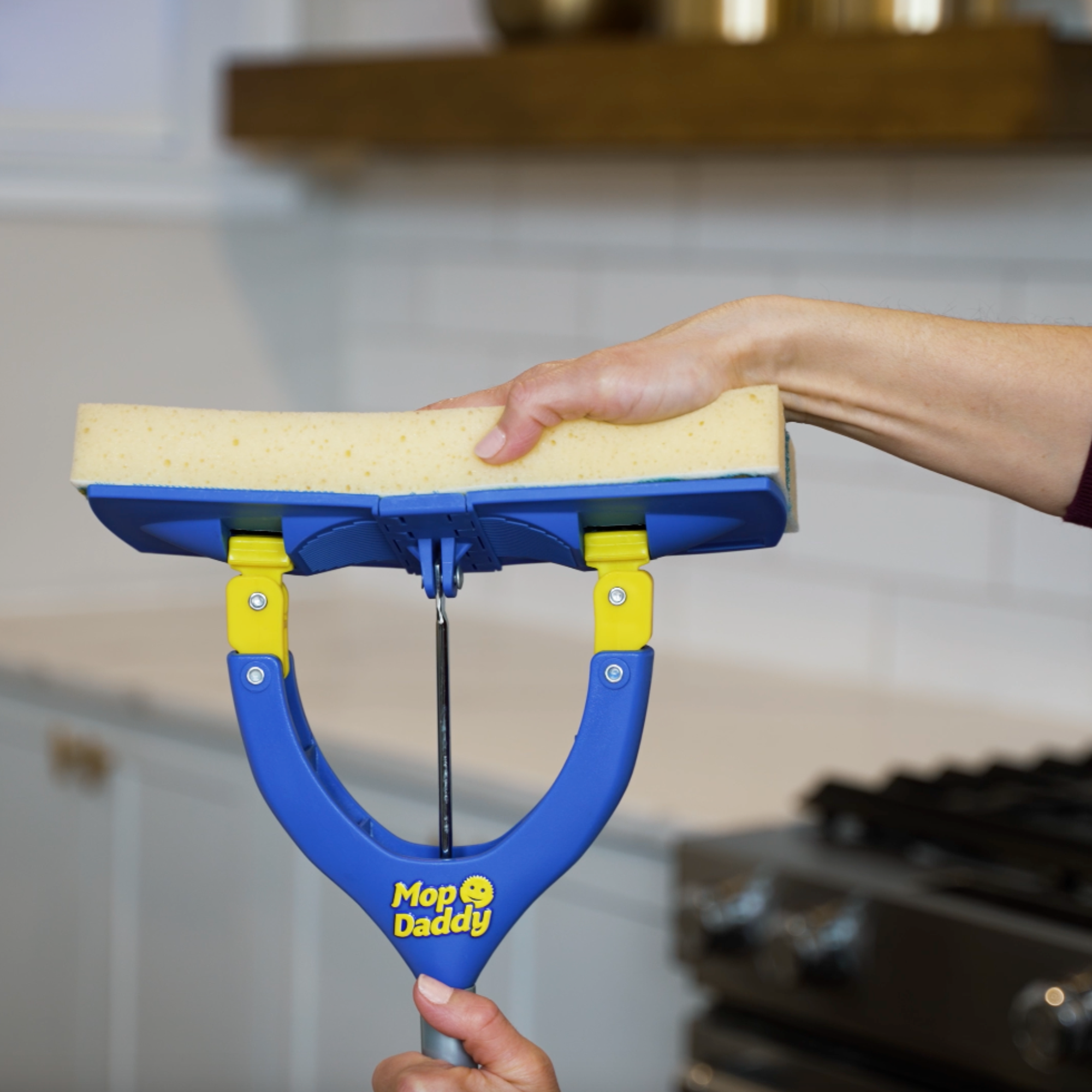 Cult cleaning brand Scrub Daddy has just launched a brand new butterfly mop — could it be the ultimate solution for banishing stubborn marks on your floor?
Cult cleaning brand Scrub Daddy has just launched a brand new butterfly mop — could it be the ultimate solution for banishing stubborn marks on your floor?We're obsessed with all things Scrub Daddy
By Kezia Reynolds